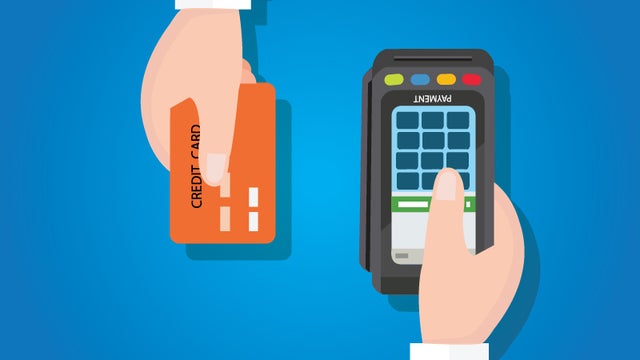Credit cards can be a lot to get your head around if they’re unfamiliar territory for you. And there are certainly plenty on the market to choose from. Maybe you’re tossing up between a card that offers no annual fees and a card with a great low interest rate. They both sound like good deals, but is one better than the other? As with all financial products, it really depends on the fine print. Below we take a look at the benefits (and potential pitfalls) of both.
What kinds of cards are there?
The four main types of credit cards are:
- Low Rate: for those seeking a credit card with a low interest rate and flexible repayment conditions
- Low Fee: for those seeking a card with low ongoing fees and who may be looking to access some premium card facilities
- Rewards: for those seeking a card that gives them the optimal return on their everyday spending
- Flight Rewards: for those who want to redeem spend points for flights
If you like to keep your card-spend on the lower end of the scale, and you’ve ruled out a rewards type card, a low/no fee or a low rate card could be a wallet-friendly choice. What are they exactly?

No annual fee credit card
Of the various fees associated with credit cards, an annual fee is one of the most common. It can also be one of the largest. So choosing a credit card that doesn’t charge an annual fee could potentially save you hundreds of dollars a year.
Annual fees are charged by some providers to cover the various features offered by their credit cards. The fee amount typically ranges between $25 to upwards of $500 for premium credit cards, depending on the features and benefits on offer.
A no-fee card could be good for you if you’re an infrequent spender, or you intend to pay the balance off in full every month. This is because no-fee cards sometimes come with higher interest rates, to cover the lack of annual fee.
Some cards may charge zero fees for the entire life of the card. Others might have a specific fee-free period, say for one year, or as long as you meet certain spending criteria.
Just be aware that if the card you choose has no annual fee, there are other fees you’ll need to watch out for, such as:
- Late payment fees
- Foreign exchange fees
- Replacement card fees
- ATM cash advance fees
- Additional cardholder fees
- The interest charged if you don’t pay your balance off in full each month
No Annual Fee credit card: pros and cons
Pros
- A card without an annual fee could save you hundreds if not thousands of dollars over the life of the card
- No annual fee cards can come with some useful promotions, perks such as a rewards program and special offers
Cons
- No annual fee cards may come with a higher interest rate, which means that if you don’t pay off the card in full each month, savings you make from having no annual fee could be cancelled out
- Depending on the type of card you choose, you may have a basic card that comes with no rewards program or any other extra features
- The annual fee may only be $0 for a limited time, or as long as you meet certain requirements, such as hitting a spending target, which might not suit your circumstances

Low interest rate credit card
A low interest credit card won’t offer any perks, such as rewards, cashback or Airpoints dollars, but the annual interest rate will be considerably lower. Like all credit cards, you can avoid paying interest altogether by clearing your balance in full every month.
A low-interest credit card might work for you if you use your card frequently, pay your minimum repayments on time each month, but don’t always pay the balance in full. Since you don’t always pay down your balance in full each month, opting for a low-interest card will mean you’ll accrue less interest on your spending. This should make your debt repayment more manageable.
Low Interest Rate credit cards: pros and cons
Pros
- Lower interest rates can mean lower monthly interest repayments, compared to higher rate credit cards
- They can also come with low fees, suitable for those consumers looking for a no frills card without premium features
- Low rate credit cards can also come with even lower rate balance transfers
Cons
- Low rate cards tend not to come with rewards programs, and so might not be suitable for people seeking rewards, although there are exceptions
- They typically don’t come with the same perks and bonuses as some premium cards
- You’ll generally pay an annual fee
- Some cards come with zero interest-free days – meaning all purchases will incur interest
How can I compare credit cards?
As always, the choices are all up to you when it comes to credit cards. Weigh up the pros and cons of each and decide what kind of spender you are. That should give you a good indication of what kind of card to go for. You can use the Canstar website to evaluate your credit card and decide whether or not you’re getting outstanding value.
Our free credit card comparison tool compares all the major cards in the market and awards the best our prestigious Star Ratings. For more information on credit cards and to compare further, just click on the big button below.
Compare Credit Cards with Canstar
Enjoy reading this article?
You can like us on Facebook and get social, or sign up to receive more news like this straight to your inbox.
By subscribing you agree to the Canstar Privacy Policy




Share this article